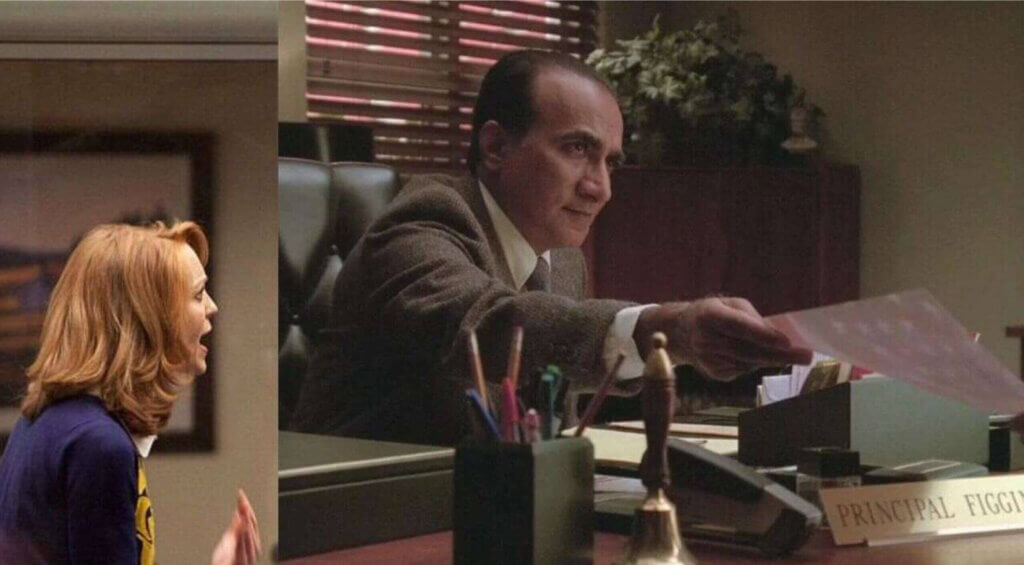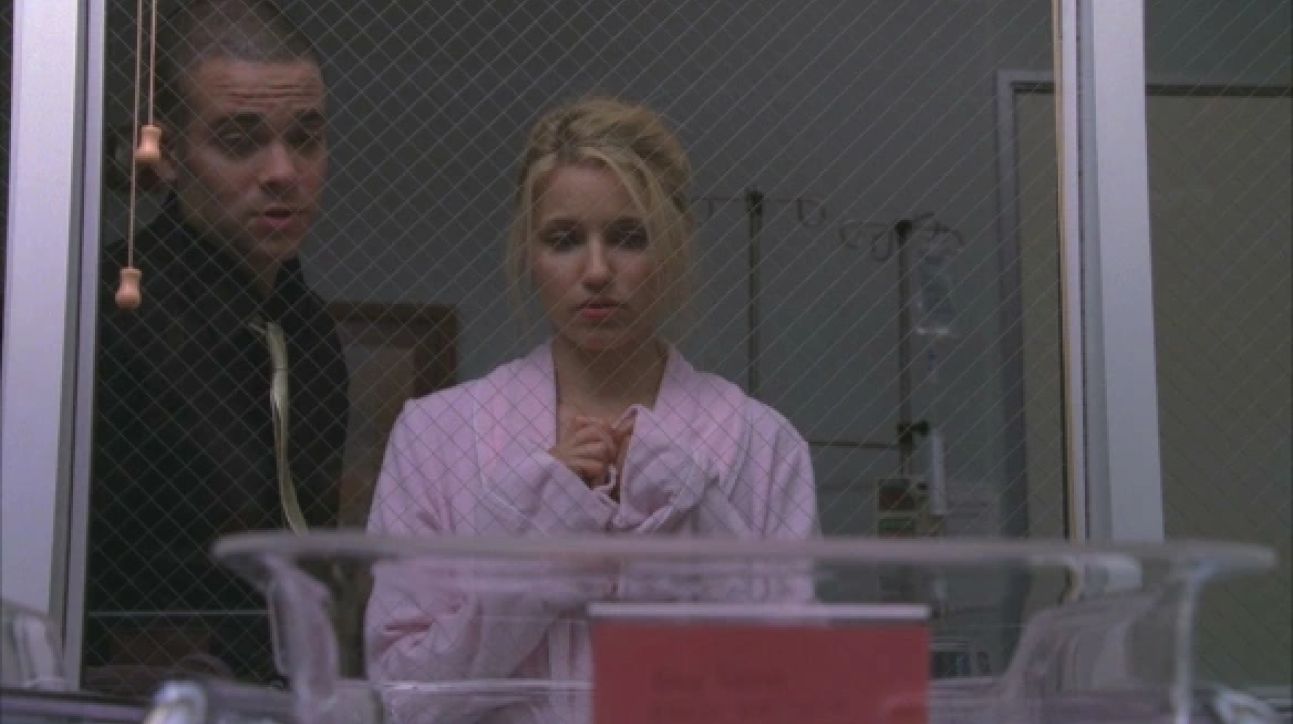Emma Argues with Principal Figgins
Introduction
In the bustling halls of our educational institutions, clashes between students and authority figures are not uncommon. Emma Argues with Principal Figgins is a testament to the challenges faced within school environments.
Background
Emma, a spirited student, and Principal Figgins, the school’s head, found themselves at odds due to differences in interpretation and approach to school policies.
The Conflict Unveiled
The Emma Argues with Principal Figgins escalated from minor disputes to a full-blown conflict, creating ripples throughout the school.
Emma’s Perspective
Understanding Emma’s viewpoint is crucial to comprehending the depth of the disagreement. Explore her thoughts, emotions, and the reasons fueling her argumentative stance.
Principal Figgins’ Point of View
Delve into the policies and regulations that form the backbone of Principal Figgins’ decision-making. How does he perceive the conflict, and what steps does he take to address it?
The Escalation
As the argument intensifies, other parties become involved. Teachers, students, and staff find themselves caught up in the storm, adding complexity to the situation.
Impact on School Environment
Explore the repercussions of the conflict on the school’s atmosphere, both academically and socially. How does it affect the students, teachers, and overall morale?
Handling Conflicts in Schools
This section outlines the standard protocols for dealing with conflicts within educational institutions. Discover the roles teachers and counselors play in conflict resolution.
Resolution Attempts
Efforts to resolve the conflict include meetings, discussions, and mediation. Uncover the strategies employed to find common ground between Emma Argues with Principal Figgins.
Parental Involvement
Parents play a crucial role in resolving conflicts. Learn about their reactions to the situation and how they contribute to finding a resolution.
Media Coverage
The conflict gains attention beyond the school’s walls. Analyze the portrayal of Emma and Principal Figgins in the media and the impact on public perception.
Lessons Learned
Reflect on the conflict resolution process and its impact on shaping school policies. What lessons can be drawn from this intense clash?
Understanding Different Perspectives
Promoting empathy in school environments is essential. Explore the importance of understanding and respecting diverse viewpoints.
Emma’s Supporters
In times of conflict, unity among students and staff is essential. Discover the solidarity and diversity of Emma’s supporters.
Principal Figgins’ Supporters
Understanding why some support Principal Figgins provides a comprehensive view of the school community’s varied opinions.

Long-Term Effects
Assess the lasting impact of the conflict on the school’s culture and administrative approach. How does it shape the institution’s future?
Community Response
Local communities play a role in shaping the narrative. Explore their reactions and whether they support or criticize either party involved.
Legal Implications
Investigate any legal actions taken and how disputes within the educational setting are resolved within the legal framework.
Frequently Asked Questions (FAQs)
1. What triggered the conflict between Emma and Principal Figgins?
Explore the events that ignited the disagreement and led to the escalating conflict.
2. How did the school environment change due to this conflict?
Understand the impact of the conflict on the academic and social atmosphere within the school.
3. Were there any resolution attempts, and were they successful?
Learn about the strategies employed to resolve the conflict and their outcomes.
4. What role did parental involvement play in the resolution process?
Analyze the contributions of parents in resolving the conflict between Emma and Principal Figgins.
5. How did the media portray the conflict, and did it influence public perception?
Examine the media coverage and its effect on how the conflict was perceived by the public.
6. Are there any long-term effects on the school culture and administrative approach?
Evaluate the lasting impact of the conflict on the school’s overall dynamics.
Conclusion
Conclude with the current status of the conflict and potential future developments. The resolution of such conflicts contributes to the evolution of educational institutions.






